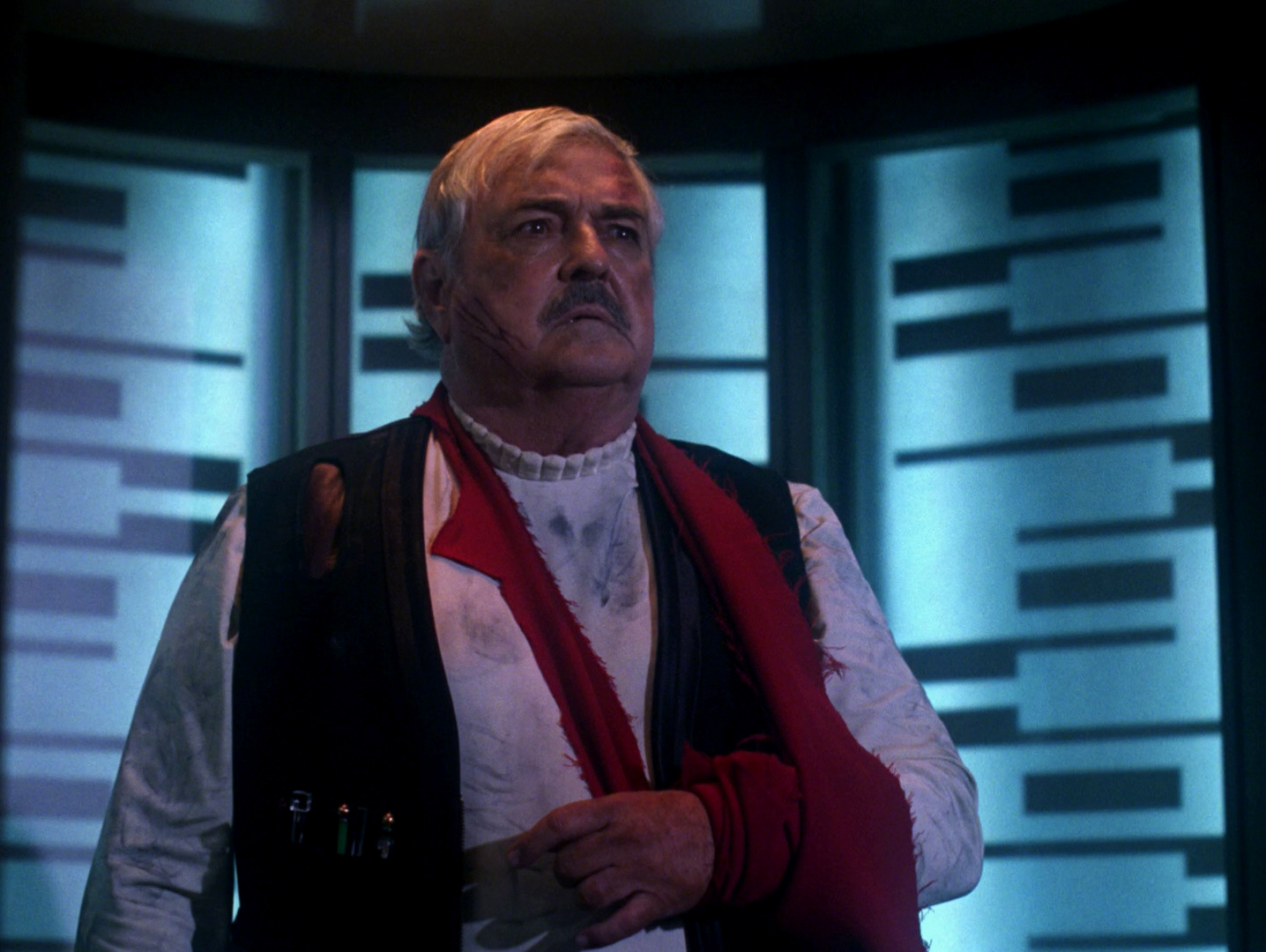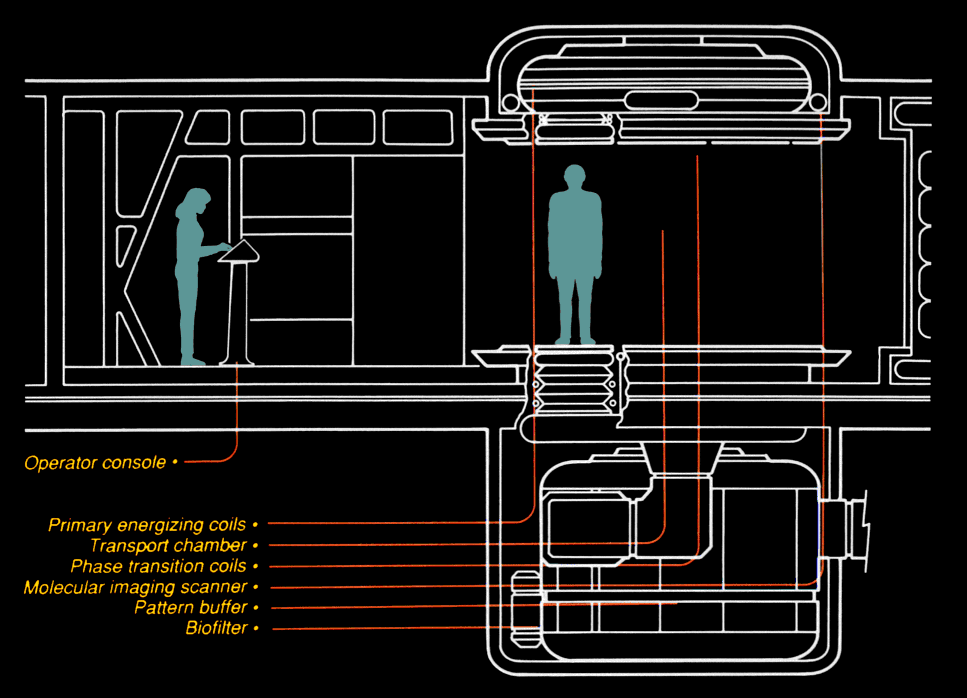Hmm. What role might the mesh fictionally play? Stopping of microwaves (a major threat in space for what reason exactly)? Regulating of transparency (turn the knob, the holes get bigger or smaller)? Heating for frost removal? Probably "all of the above" would be trivially possible, once you bother with even one of them.
I doubt the transparency of the material would need to be compromised merely to provide flexibility - we can do perfectly transparent and flexible today, after all. If not as flexible as wire mesh, then at least soft and balloonable which will do for the application depicted.
Timo Saloniemi
I doubt the transparency of the material would need to be compromised merely to provide flexibility - we can do perfectly transparent and flexible today, after all. If not as flexible as wire mesh, then at least soft and balloonable which will do for the application depicted.
Timo Saloniemi




